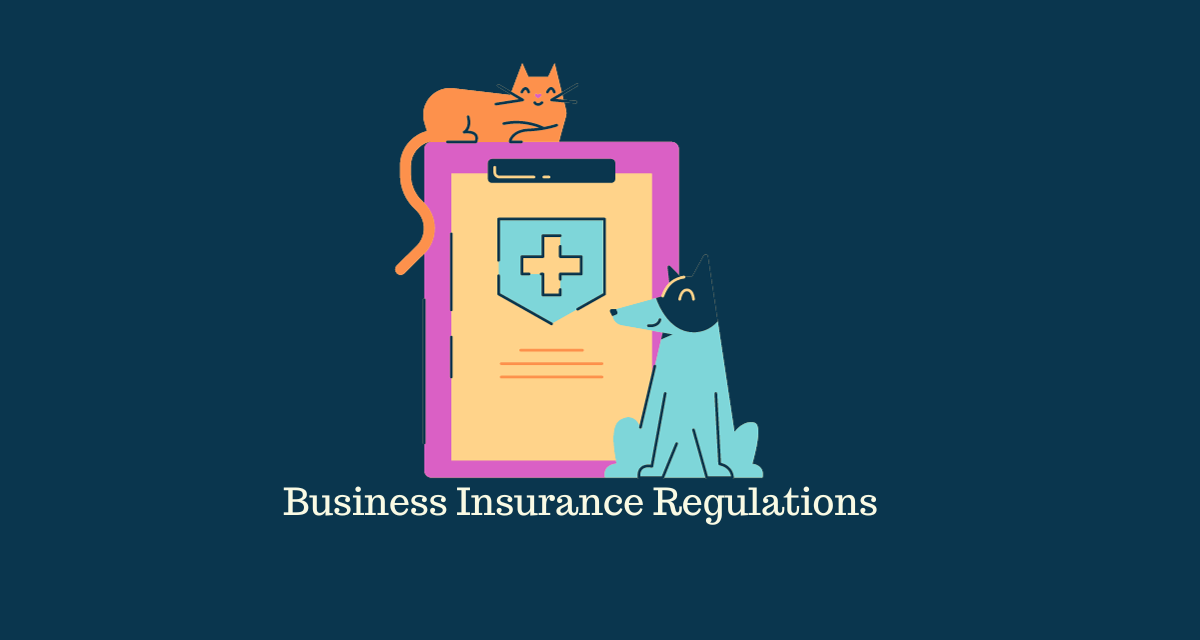In the intricate landscape of business operations, insurance serves as a crucial safeguard against unforeseen risks. However, the realm of business insurance is not only about securing coverage but also about complying with regulations that vary across industries and regions. This guide unravels the complexities of business insurance regulations, shedding light on the dual imperative of compliance and coverage.
1. Understanding Regulatory Landscape
Industry Specifics: Recognize that insurance regulations can be industry-specific. Different sectors, such as healthcare, finance, or construction, may have unique requirements.
Local and State Regulations: Stay informed about both local and state regulations governing business insurance. Compliance often involves adhering to specific rules set by state insurance departments.
Federal Compliance: In some cases, federal regulations may impact business insurance, particularly for companies operating on a national or international scale.
2. Types of Business Insurance Required
Workers’ Compensation: Most states mandate workers’ compensation insurance to provide coverage for employees in case of workplace injuries or illnesses.
General Liability: General liability insurance is often a standard requirement to protect businesses from third-party claims of bodily injury or property damage.
Professional Liability (E&O): Certain professions, such as doctors, lawyers, and consultants, may need professional liability insurance to guard against claims related to professional negligence.
Commercial Auto Insurance: Businesses with vehicles typically need commercial auto insurance, which may be mandatory depending on the number of vehicles and their usage.
Property Insurance: Commercial property insurance is crucial to protect physical assets, and lenders often require it for businesses with loans.
3. Compliance with Employee Benefits
Health Insurance: Depending on the size and structure of your business, compliance with health insurance regulations, such as the Affordable Care Act (ACA) in the United States, may be mandatory.
Retirement Plans: Offering retirement benefits may involve compliance with regulations such as the Employee Retirement Income Security Act (ERISA).
Leave Policies: Stay compliant with leave policies, including Family and Medical Leave Act (FMLA) regulations, if applicable to your business size.
4. Ongoing Compliance Management
Regular Audits: Conduct regular internal audits to ensure ongoing compliance with insurance regulations. This involves reviewing policies, coverage limits, and employee benefits.
Legal Consultation: Seek legal consultation to navigate complex regulations. Legal advice ensures that your business insurance aligns with current laws and regulations.
Policy Updates: Stay vigilant about updates in regulations. Insurance laws may evolve, requiring adjustments to your business insurance policies.
5. Tailored Coverage for Business Needs
Risk Assessment: Conduct a thorough risk assessment for your business. Identify potential risks and liabilities that may not be covered by standard insurance policies.
Customized Policies: Work with insurers to customize policies based on your specific business needs. Tailored coverage ensures that you are adequately protected.
Excess Liability Coverage: Consider excess liability coverage to provide additional protection beyond the limits of standard policies, especially for high-liability industries.
6. Expert Consultation and Brokerage Services
Insurance Brokers: Engage with experienced insurance brokers who specialize in business insurance. They can guide you through the maze of regulations and help you find the most suitable coverage.
Legal Advisors: Consult with legal advisors specializing in business law and insurance regulations. Their expertise ensures that your business remains compliant with evolving laws.
Industry Associations: Join industry associations that provide resources and insights into insurance regulations specific to your sector.
7. Risk Mitigation Strategies
Safety Protocols: Implement robust safety protocols to mitigate risks. Insurance compliance is not just about coverage but also about actively reducing the likelihood of claims.
Employee Training: Train employees on safety measures and risk awareness. A well-informed workforce contributes to a safer working environment.
8. Financial Responsibility and Documentation
Financial Planning: Align your business insurance with a comprehensive financial plan. This involves understanding deductibles, coverage limits, and financial responsibility in the event of a claim.
Document Compliance: Maintain meticulous records of insurance policies, certificates, and compliance-related documents. This documentation is invaluable in case of audits or legal inquiries.
Financial Reviews: Regularly review your insurance coverage in conjunction with financial reviews. Ensure that your coverage aligns with the financial health and growth trajectory of your business.
Conclusion
Business insurance regulations demand a delicate balance between compliance and comprehensive coverage. Navigating this intricate landscape requires a strategic approach, including ongoing compliance management, tailored coverage, and expert consultation. By prioritizing both compliance with regulations and the customization of insurance policies to meet your specific business needs, you fortify your enterprise against unforeseen challenges. Remember, the right insurance strategy not only protects your business but also positions it for sustained growth in a dynamic and ever-changing business environment.










